7 Jaw‑Dropping Rituals in Saraswati Pooja You’ve Never Heard Of
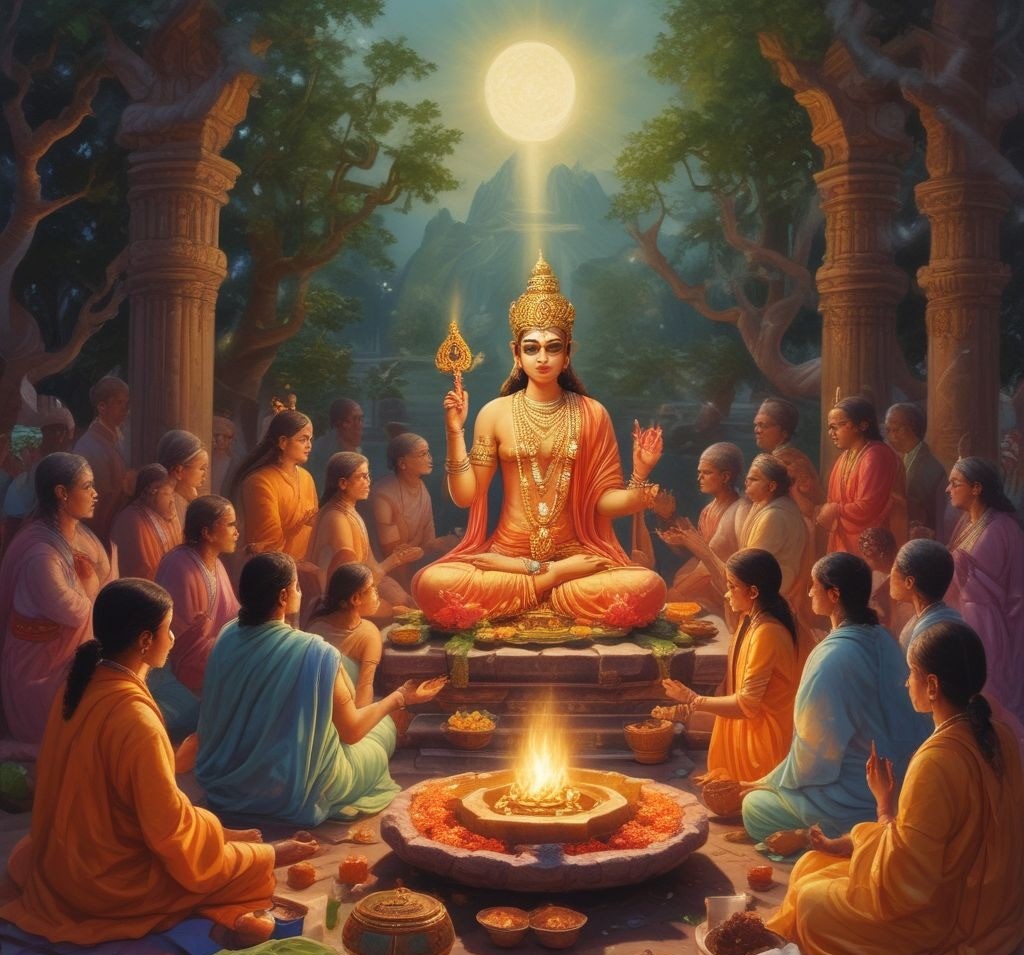
Saraswati Pooja — hearing its name we can recall the images of yellow-dressed devotees with veena playing deities, books placed on altars and the smell of incense.
We all are familiar with the mainstream practices of worshiping the goddess of wisdom by offering her prayers, offering pens and notebooks at her feet and rejoicing in her presence during Vasant Panchami. However, behind these common habits are ancient, local and less common rituals that are shocking and heavily symbolic.
There are 7 of the most rare and awe-inspiring Saraswati Pooja rituals, of the various regions across the country, and the world, that will surely leave you spell bound and spiritually touched. Let us dig them out.
Midnight Saraswati Puja – Bengal’s Hidden Spiritual Practice
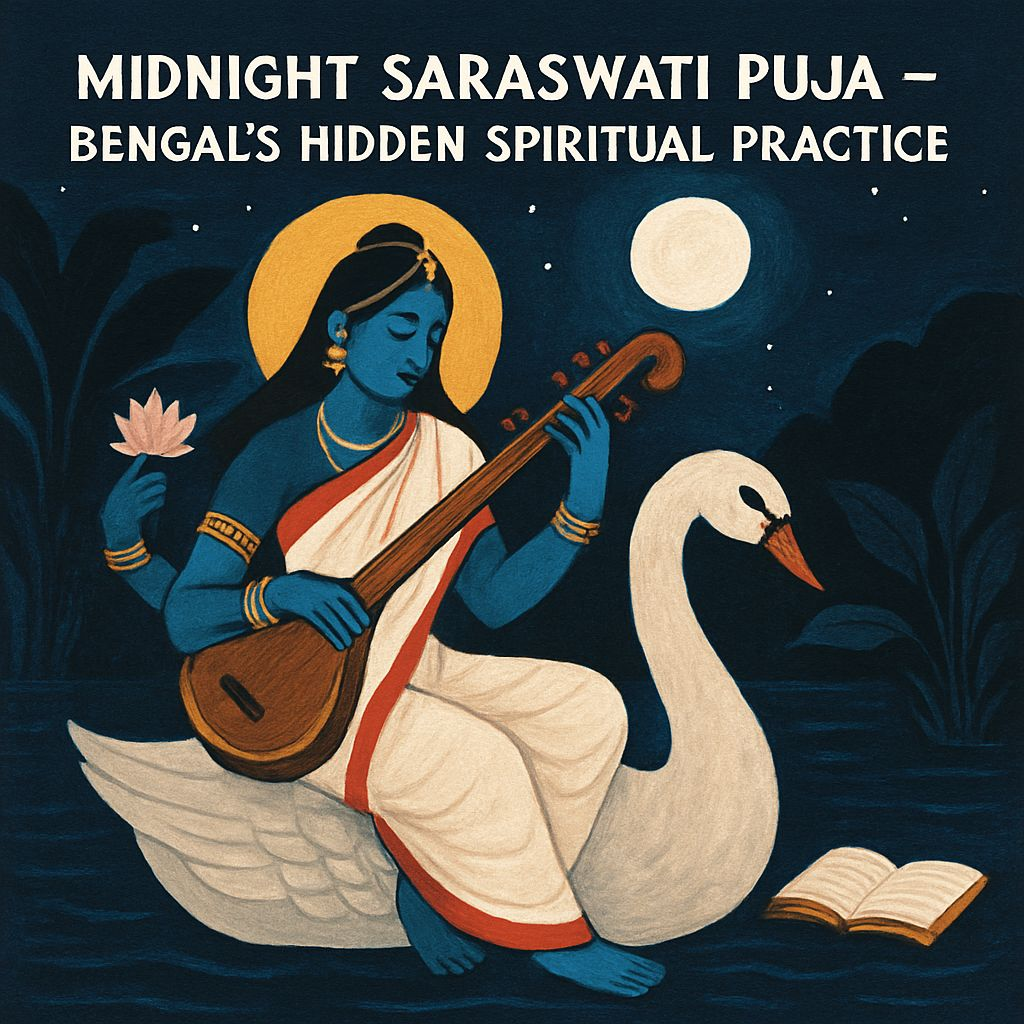 Most of the devotees pray to Maa Saraswati in the morning but some spiritual seekers in Bengal however offer prayers to her at midnight. It is known as Nishita Puja, where one is engulfed in the highly rich mantras and reads them in silence and in darkness to access greater knowledge.
Most of the devotees pray to Maa Saraswati in the morning but some spiritual seekers in Bengal however offer prayers to her at midnight. It is known as Nishita Puja, where one is engulfed in the highly rich mantras and reads them in silence and in darkness to access greater knowledge.
This is not an easy practice, typical of people seriously in the spiritual quest, so to say, artistic, musical, or student types trying to get divine inspiration. People think that through this meditation at midnight, some intelligence is woken up inside.
Veena Abhishekam – A Musical Bath in Tamil Nadu

“Saraswati veena” is regarded as a divine entity in Tamil Nadu (particularly among the people associated with classical music). On the Pooja day, the instrument is rinsed with milk, honey, and rose water in the process termed Veena Abhishekam.
The thought is that veena is not a mere instrument, but a voice of the goddess. When dressed with silk and flowers it is thought to bear the benefits of divine blessings on any music played upon it.
Kids Become Priests – Kerala’s Purest Form of Prayer
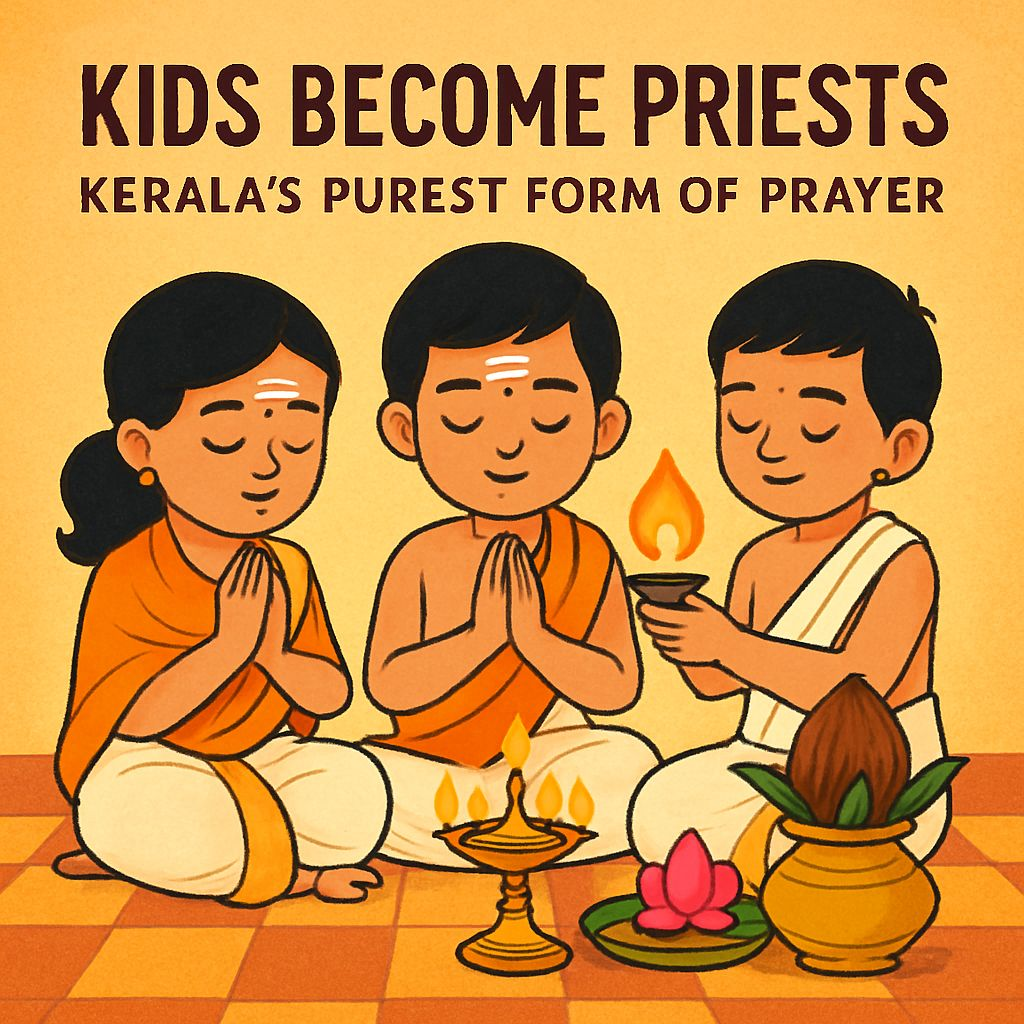
It is touching that in some regions of Kerala — it is the children who take the lead during Saraswati Puja. They do the rituals, recite mantras and even perform the aarti and are silently observed and blessed by elders.
This rite is the symbol of the purity and the potential of a child's mind. It is also on this day when a lot of little children are taught their initial letters - known as Vidyarambham, and thus they make Saraswati Pooja an enjoyable family affair.
Swan Feather Writing – Mystical Practice in the Himalayas
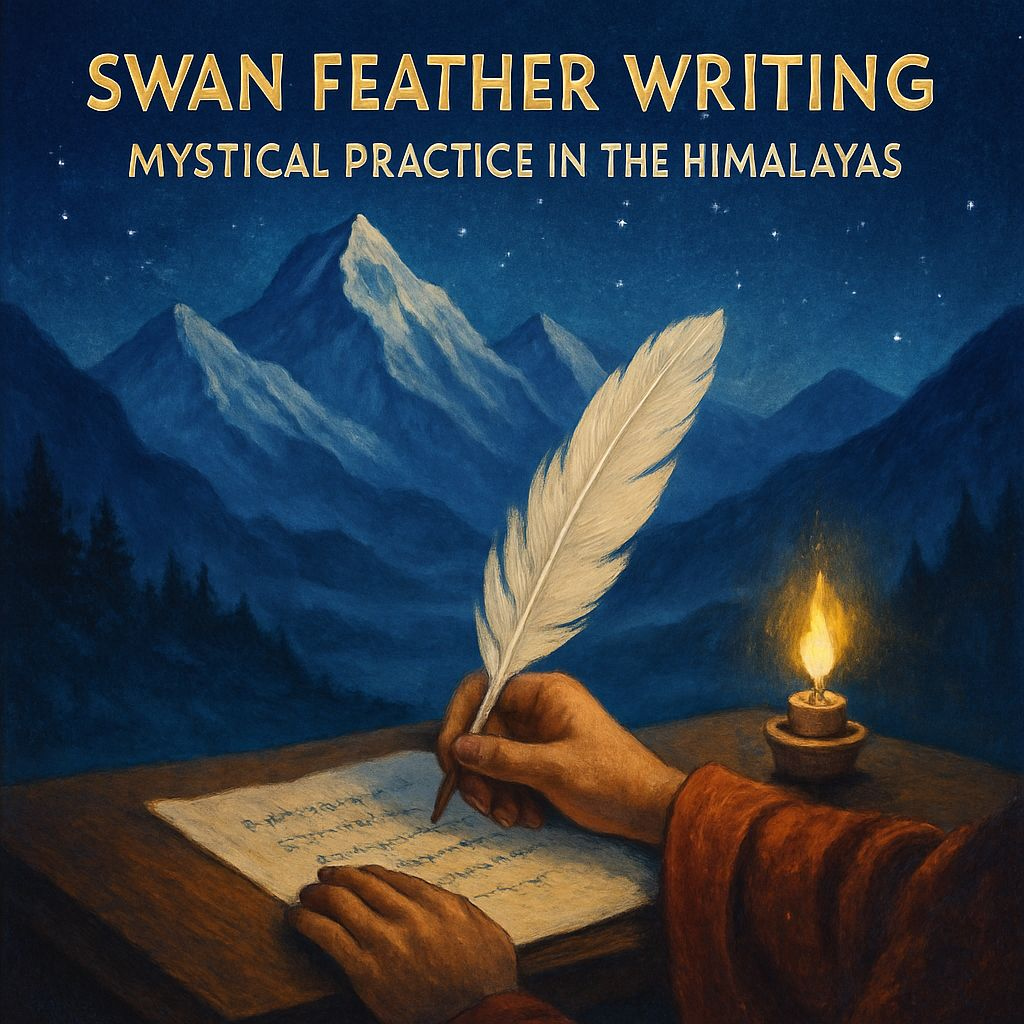
In Tibetan Buddhism-influenced villages in the Himalayas, monks wrote Sanskrit verses during Saraswati Puja, using swan feathers. They take feathers dipping them in saffron ink and scribble on rustic palm leaves or self-made paper.
They are said to be inspired by the goddess herself and are maintained as holy messages or even prophecies. It is a ritual, which is mysterious and prepare-oneself, one that the outsider rarely sees.
Floating Knowledge Boats – Assam’s River Ritual
 In the state of Assam along the Brahmaputra river, people make little paper boats to float them during Saraswati Pooja. These are boats full of hand-written alphabets, prayers or verses dedicated to knowledge and are released in the water.
In the state of Assam along the Brahmaputra river, people make little paper boats to float them during Saraswati Pooja. These are boats full of hand-written alphabets, prayers or verses dedicated to knowledge and are released in the water.
This emotional ritual known as Gyan Vahini is considered to relent your learning with the world openly. Preponderantly, when your boat glides successfully, it is deemed that the coming year will seek progress and innovativeness.
Saraswati Trance Dance – Odisha’s Living Offering
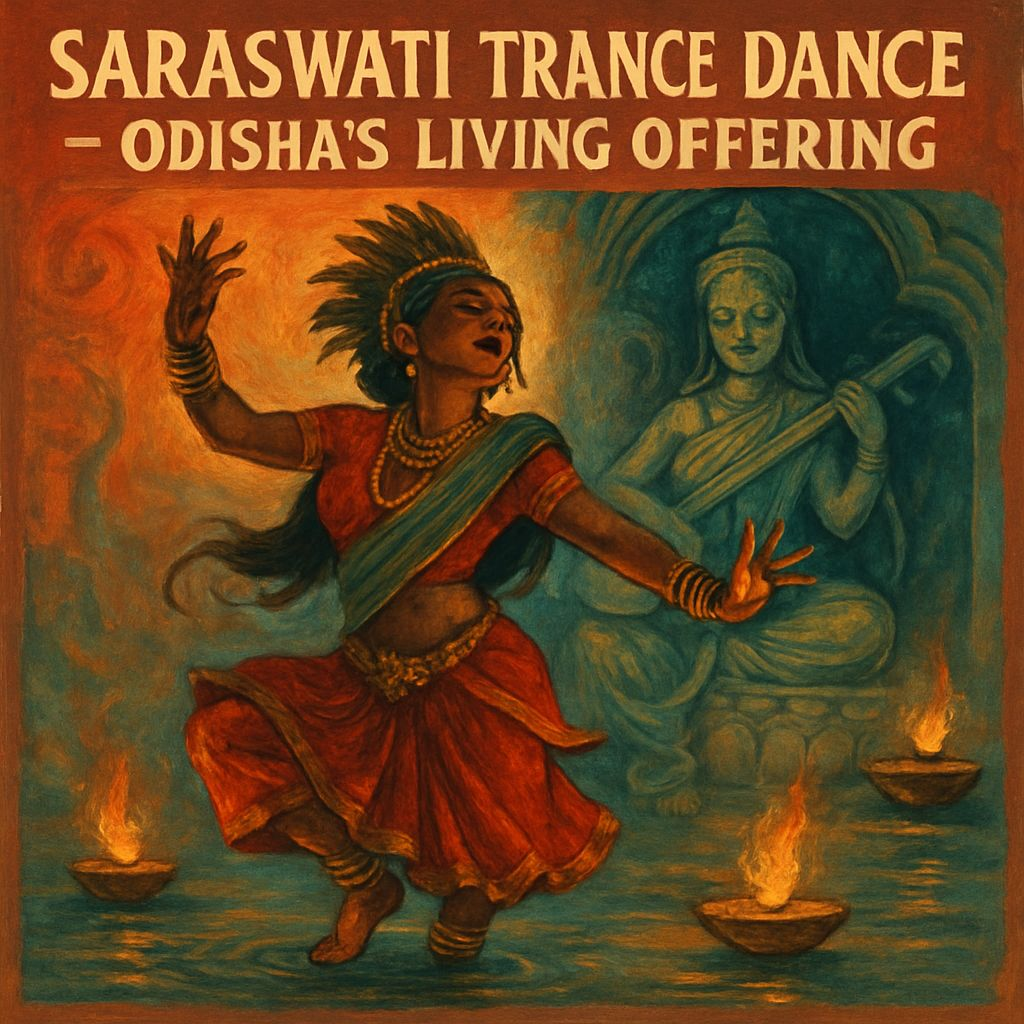 The classical dancers in Odisha take part in special Saraswati Nritya, a trance-like dance offering on Saraswati Pooja night. It is not about performance, but dedication in the moving package.
The classical dancers in Odisha take part in special Saraswati Nritya, a trance-like dance offering on Saraswati Pooja night. It is not about performance, but dedication in the moving package.
Before dancing, dancers usually starve themselves or meditate and once the rhythm starts playing, they give themselves to the rhythm and, therefore, their bodies become a channel of the energy of the goddess. It is claimed to be an overpowering and spiritual situation to be both the viewer and the actor.
The Silence Fast – Gujarat’s Quiet Offering
 Saraswati Day Pooja In certain Gujarati households that are on the musician/scholar side, the day holds all-day silence. It is silent, there is no talking, only quietude and meditation.
Saraswati Day Pooja In certain Gujarati households that are on the musician/scholar side, the day holds all-day silence. It is silent, there is no talking, only quietude and meditation.
This ceremony, which is named the Maun Tapasya, holds the compassion that silence can be the most absolute sound and on that aura, the presence of Saraswati is noticed the most. It is concluded with rather a simple chant or a soft song given to the goddess when the sun sets.
Conclusion
Although the common rituals of Saraswati Puja are very beautiful in their way, right? — But these unusual customs demonstrate the vastness and closeness of the festivities. All these practices have a story to tell not only of devotion but also of our particular expressions of the ability to relate to knowledge, ingenuity and God.
So this year, perhaps try to do something else. Put in a pericope of silence, the prayer of a child, or a verse on a bit of paper floating. The goddess of wisdom does not only exist in temples, but she is in every moment of tranquil schooling, every honest act of creation.




